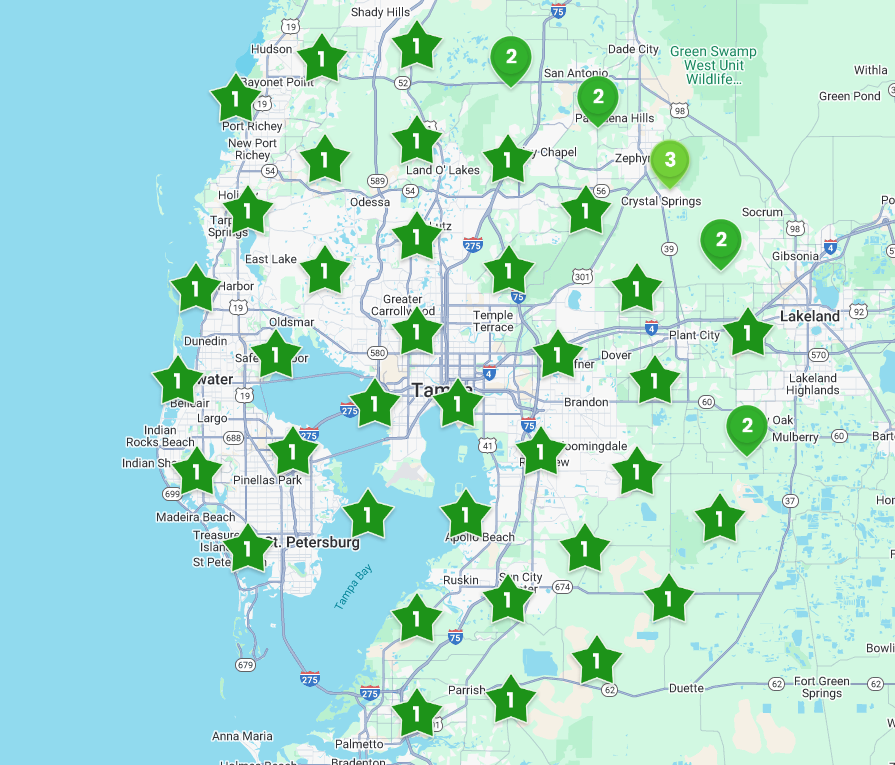Beginner’s Guide to Local SEO for Land Clearing and Dirt Work Companies

If you’ve ever searched for a restaurant, mechanic, or contractor and picked the top result—congrats, you’ve experienced local SEO.
Now imagine your future clients doing the same thing. They Google “land clearing near me” or “brush removal in Liberty Hill”—and your business pops up first. That’s the power of local SEO.
Here’s your no-fluff, contractor-friendly guide to understanding and winning at local SEO in 2025.
What is Local SEO?
Local SEO is how you show up in Google when people search for services in your area.
It includes:
- Showing up in the Map Pack (top 3 business results with reviews)
- Ranking your website for location-based searches
- Getting found through “near me” searches on mobile
Why Should You Care?
Because people trust Google. And if you’re not showing up when they search, your competitors are.
Local SEO helps you:
- Get free, high-quality leads
- Look more legit than your competitors
- Stay busy year-round—even when referrals dry up
5 Local SEO Must-Haves for Land Clearing & Dirt Work Contractors
1. A Google Business Profile That’s Fully Optimized
This is your #1 local SEO asset. Make sure you:
- Choose the right category (e.g., Land Clearing Service, Excavating Contractor)
- List all your services
- Add real photos (weekly!)
- Get reviews and reply to every one
2. Service Area Pages on Your Website
If you serve multiple cities, each one needs a dedicated page.
- Title: “Land Clearing in Bastrop, TX”
- Include local references, photos, and a call-to-action
Google loves specificity.
3. Consistent NAP (Name, Address, Phone)
Make sure your business info is exactly the same across:
- Your website
- Google Business Profile
- Facebook, Yelp, BBB, etc.
Inconsistencies confuse Google and lower your ranking.
4. Local Backlinks
Reach out to:
- Builders and developers
- Realtors
- Community sponsorships
- Chamber of commerce listings
Ask if they’ll link to your site or list you on their resources page.
5. Fresh Content
Share recent jobs, FAQs, or project highlights. It doesn’t have to be long—just consistent.
Example: “We cleared 4 acres in Burnet this week for a family building a new home. Took two days and involved cedar mulching and stump removal.”
That’s a post Google will index—and a story a prospect might relate to.
Local SEO doesn’t have to be hard—but it does have to be done. And when you do it right, it brings in leads week after week, no ad spend required.
Want to dominate your local area? 👉 Let’s set up your SEO foundation
Featured Resources



